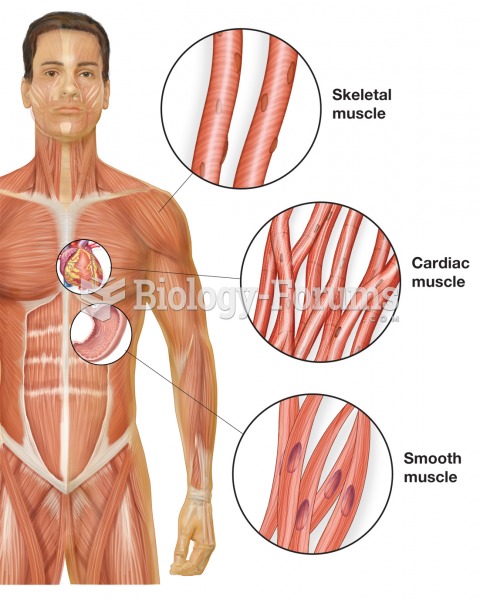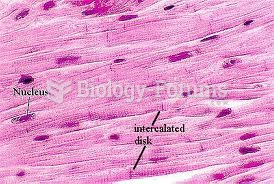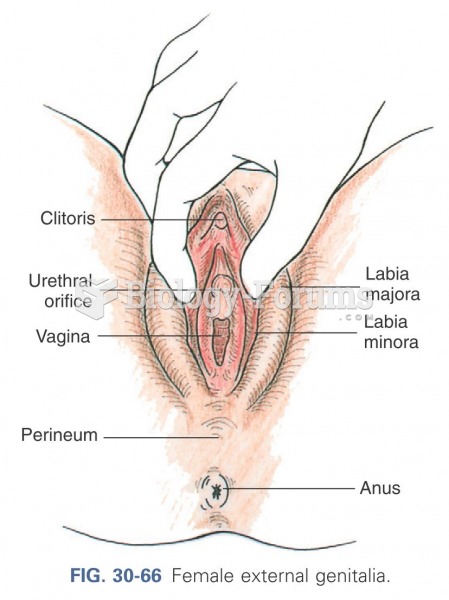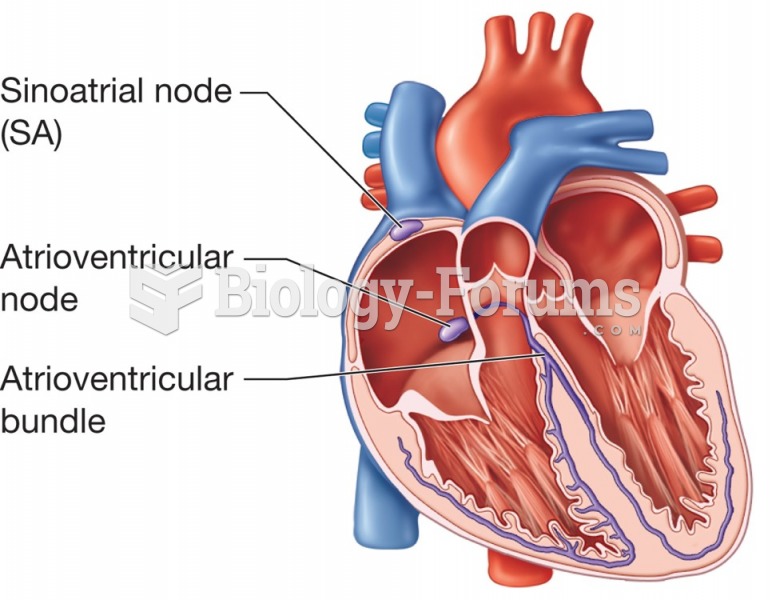When presenting information on cardiac arrest and automated external defibrillation to a community group, a man asks why people should perform CPR prior to the arrival of EMS if they are going to provide a shock. Your response would be:
A) Immediate CPR can prolong the period in which the heart can be shocked following cardiac arrest.
B) In many cases, CPR can reverse the cardiac arrest, making a shock by the AED unnecessary.
C) In the American Heart Association's Chain of Survival, CPR is the most important link in surviving cardiac arrest.
D) CPR is needed to keep blood flowing through the body so the EMTs can give the patient IV medications when they arrive.
Question 2
You are caring for a 23-year-old female who fell off of a bicycle and sustained a severe laceration on the inside of her upper thigh. Her slacks are torn, and you can see most of the wound. What is the next step?
A) You need to make sure the wound is very clean before trying to control bleeding by exposing the wound completely and cleaning it with alcohol.
B) You need to expose the wound completely because you need to clear away any embedded particles and debris from the wound.
C) You need to expose the wound completely, control bleeding, clean the surface by simply removing large pieces of foreign matter if any, and dress and bandage the wound.
D) You can treat the wound without total exposure as exposing a wound in that area of the body could be embarrassing.







